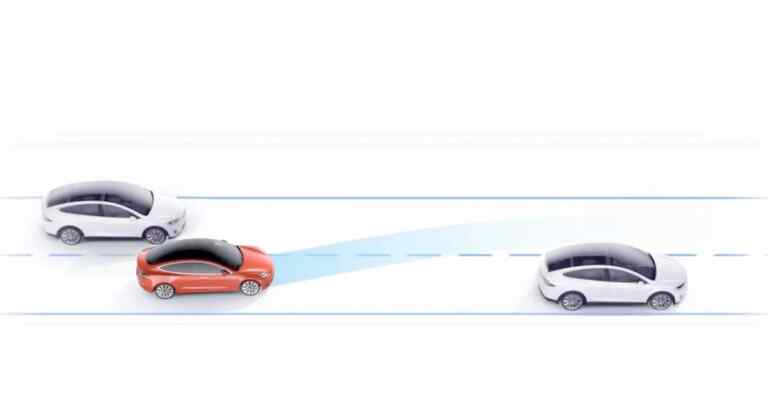A recent study conducted by the University of British Columbia (UBC) has revealed that British Columbians are not yet adequately prepared for the introduction of self driving cars and will require a gradual transition to this new technology.
People who harbour anxiety or discomfort regarding new technology were more likely to hold a negative bias against SDVs.
Similarly, residents in the Lower Mainland tended to adopt a more critical viewpoint, likely because there are more pedestrians in this urban region.
Gurdiljot Gillm, a civil engineering PhD candidate at the University of British Columbia
The British Columbia government said in a statement that the province’s laws don’t yet allow the use of driverless cars on their roads. The study by UBC’s Research on Active Transportation Lab (REACT) collected opinions from 1,133 people in the province, on the topic.
The researchers asked people to watch eight clips that showed how pedestrians interacted with cars at a crosswalk. Half of the cars in the videos were self-driving and the other half human-driven. Humans drove all the cars in the video, but the test design made it easy for the researchers to figure out what people were seeing.
At the end of the survey, four in ten (41%) said that pedestrians feel less safe and comfortable when interacting with autonomous vehicles than they do with traditional human-operated vehicles. In contrast, 34 per cent said they feel safer and more comfortable when interacting with an autonomous vehicle, and 25 per cent said they don’t feel any bias in either way.
According to the study, the majority of British Columbians had mixed opinions about automated vehicles, especially regarding their impact on pedestrian safety and comfort.
At this critical point in the introduction of automated vehicles, it is essential to understand and consider their effects on everyone who shares city streets – especially pedestrians
Alex Bigazzi, associate professor of civil engineering at UBC, REACT principal investigator.
People also had different views on autonomous vehicles being allowed on public roads. According to the survey, 55% of people said they would like to see autonomous vehicles allowed to share public roads, like taxis and shuttles, and 48% said they’d like to see self-driving cars owned by private companies.
However, there was a lot of agreement on how to regulate driverless cars: up to 92% of participants supported rules like making sure driverless cars have ID tags and having a human in the driver’s seat ready to take over in case of an accident.
According to the B.C. Ministry of Transportation, Transport Canada is in charge of setting safety standards for motor vehicles when they’re being designed, built, and imported into Canada. That’s why Transport Canada won’t let anyone sell or import fully automated vehicles into Canada unless they get a special dispensation from the Federal Minister of Transportation.
British Columbia’s regulation on self-driving cars
Given how complicated public opinion can be, the researchers at UBC suggest gradually introducing SDVs to city streets, beginning with a pilot phase to address safety issues and avoid any negative effects on pedestrians and other road users.
They also suggested running big public education campaigns to get the word out about self-driving cars and make sure people know about the advantages of them. They also suggested starting a pilot program with shared autonomous cars instead of private ones.
The regulations state that self driving vehicles:
- Take a more cautious approach to the road than a human-driven car, especially in urban areas — for example, allow 2 to 4 seconds more for pedestrians at a crosswalk and use external communication to alert their automation to others on the road.
- Have a person behind the wheel to take over in case of an accident.
- Avoid pedestrian priority zones, such as those near schools.
According to the researchers, the TransLink-funded study is the first of its kind to measure perceived bias towards automated vehicles in the general population.
TransLink said in its Transport 2050 Strategy that “we are living in a time of rapid transformation and disruption, and we are on the brink of significant technological advances. Automation could touch every part of transportation, and automated vehicles could be carrying a majority of personal trips within the time horizon of this strategy.”
Follow Vroom Head India On Google News, Koo, Instagram, Pinterest, and LinkedIn


